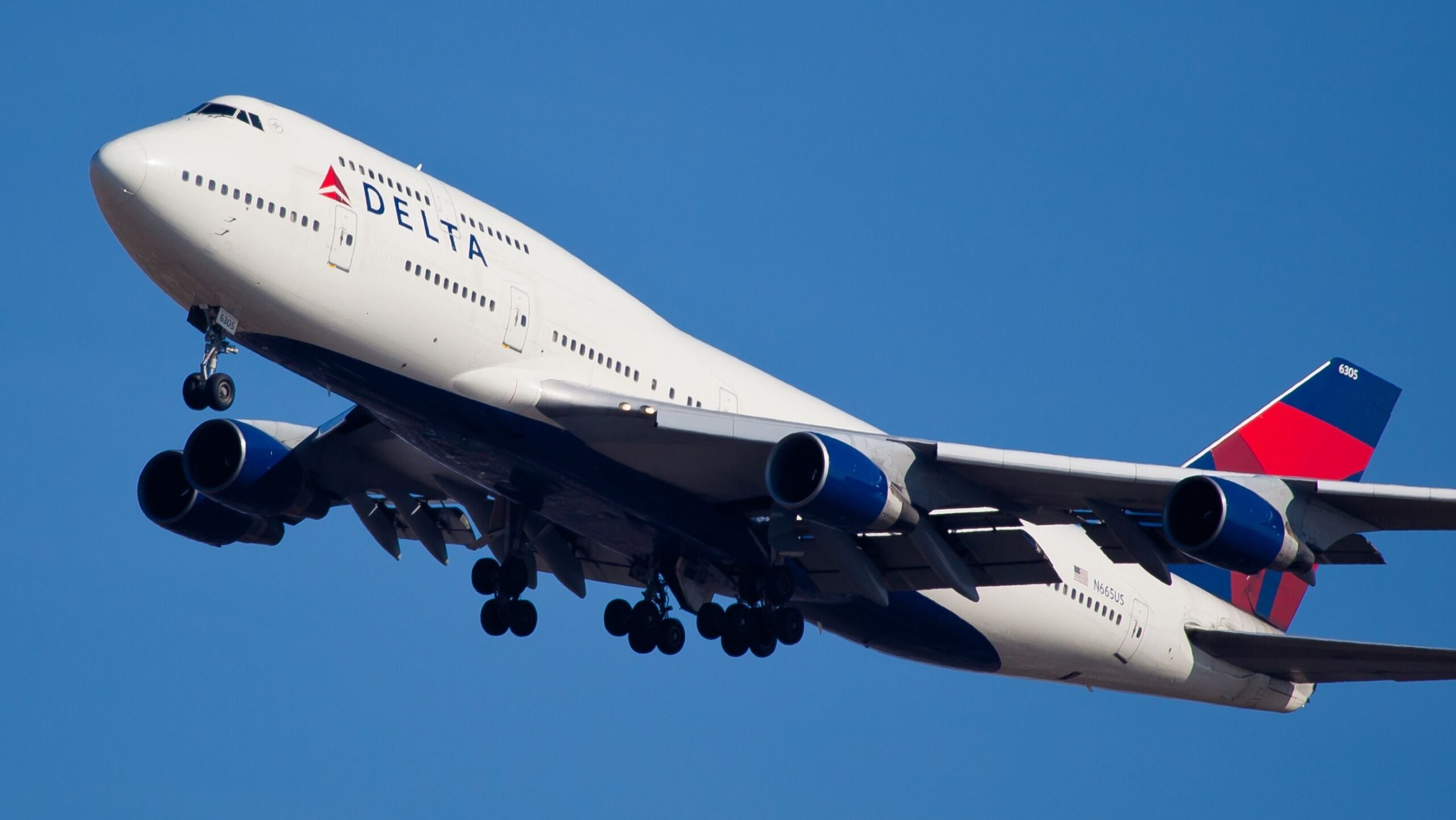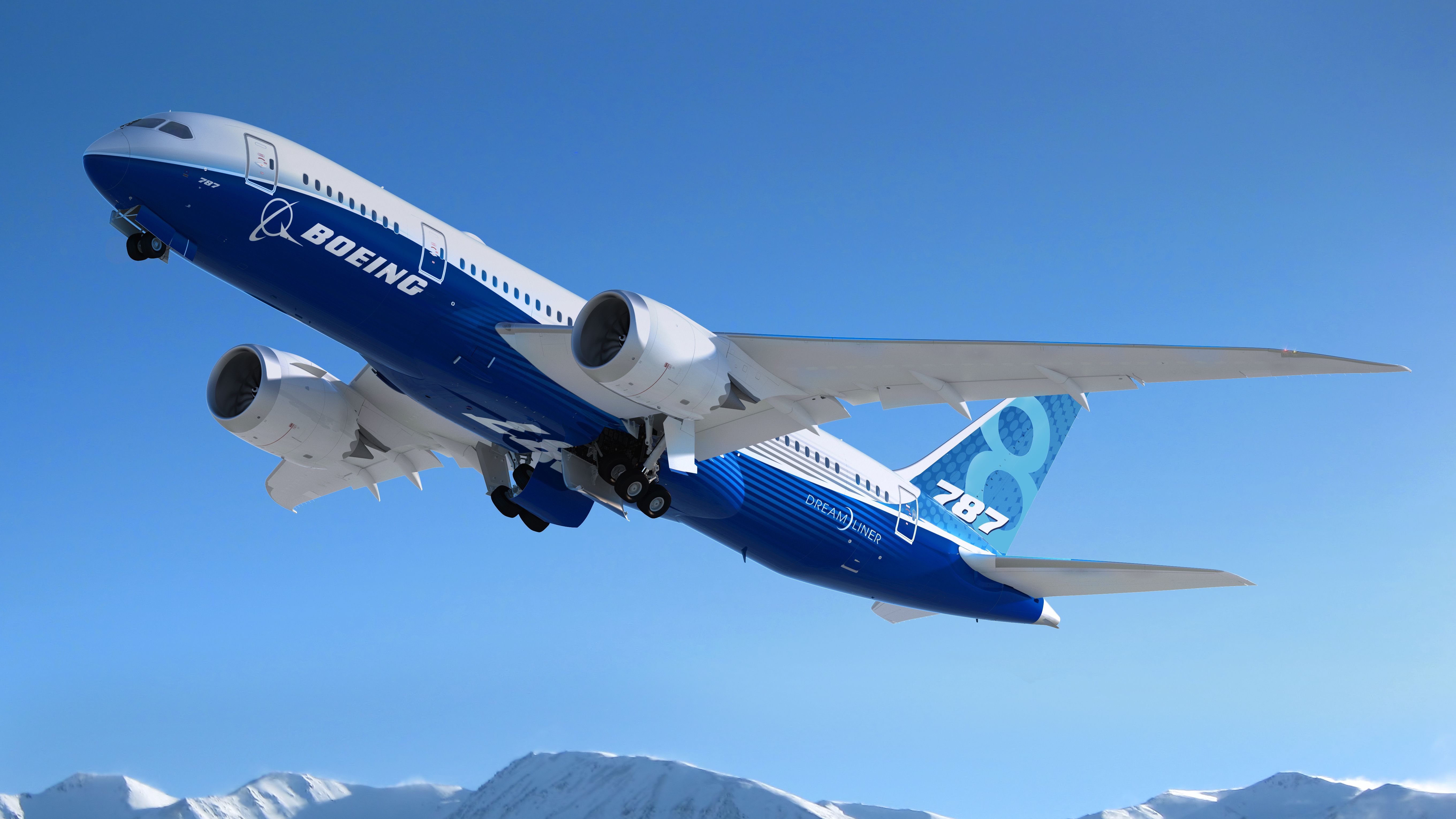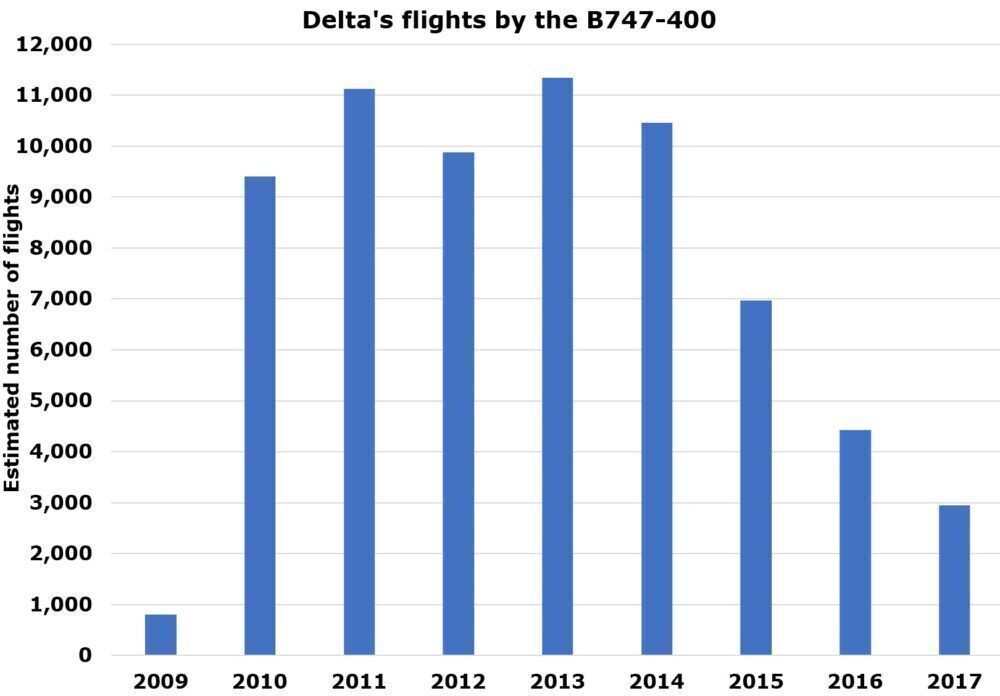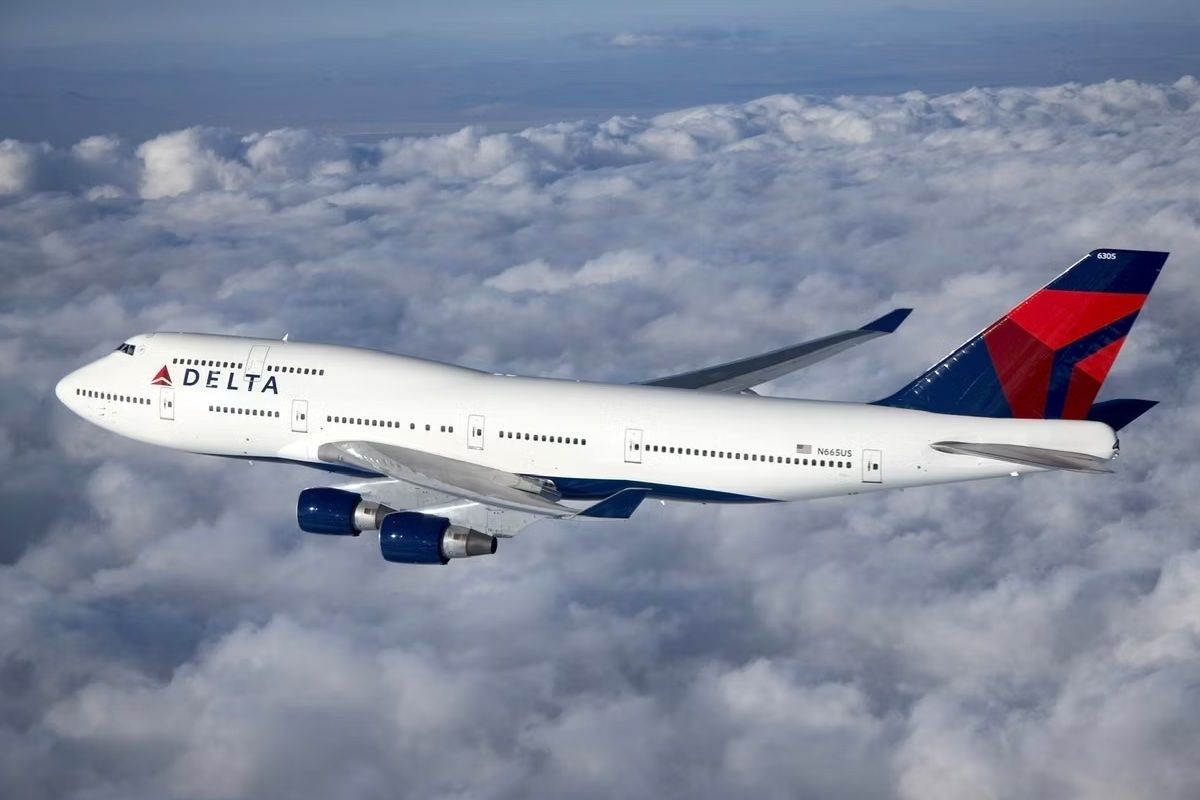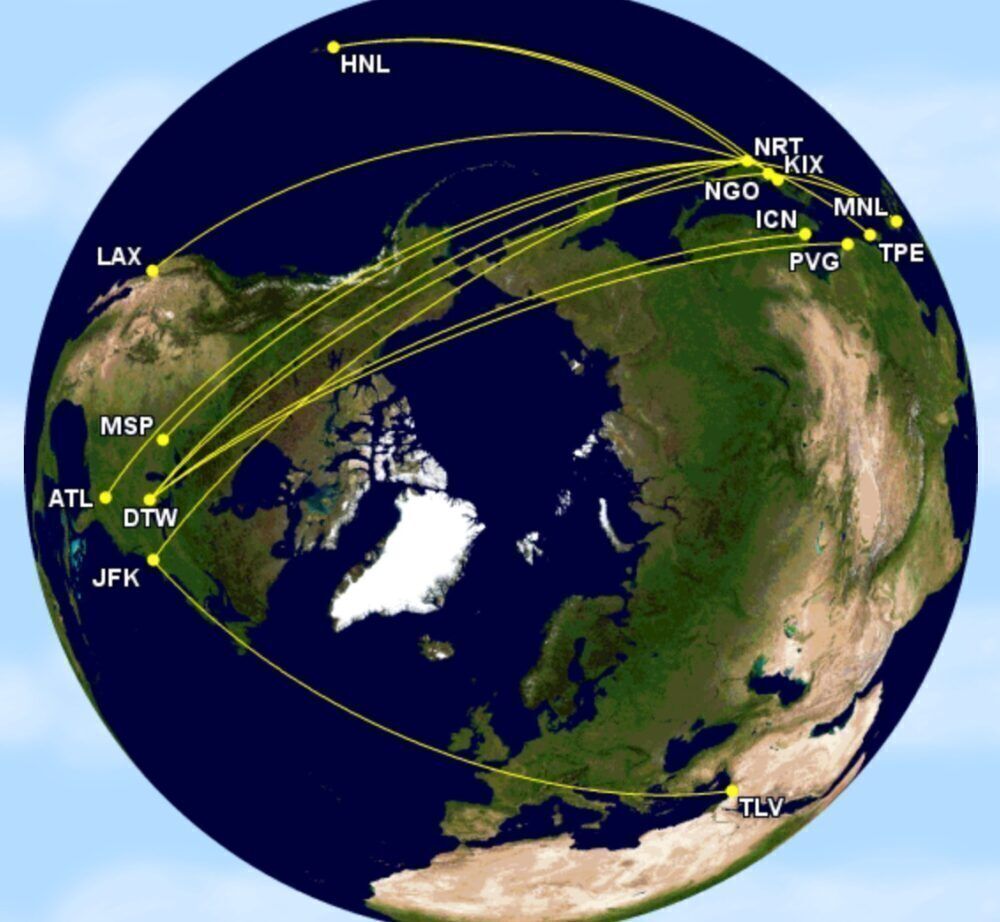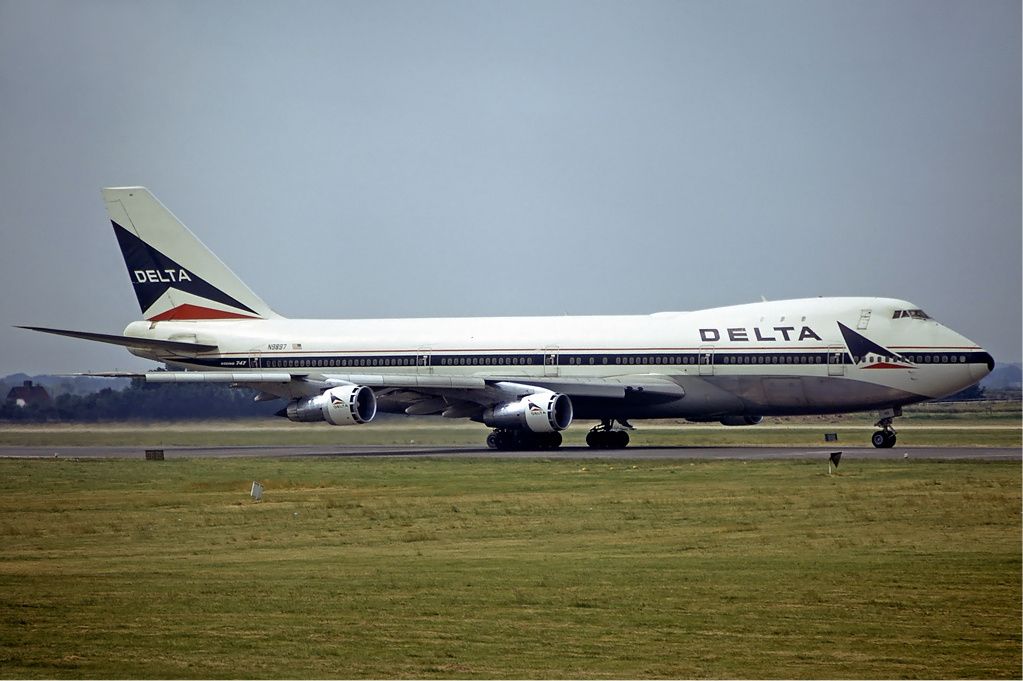Summary
- Delta’s Boeing 747-400s operated fewer flights than Delta Connection’s Dornier 328JET in a year.
- Delta had 16 747-400s between 2009 and 2017, all inherited from Northwest Airlines.
- The 747-400’s operations were primarily focused on Asia, and key routes included Tokyo Narita to Honolulu.
After a flight from Seoul (ICN) to Detroit (DTW) on December 19th, 2017, Delta Air Lines retired the last of its Boeing 747s from scheduled revenue service. Despite the 747-400 being used between 2009 and 2017, you might be surprised to learn that Delta Connection’s Dornier 328JETs had more flights in one year than the 744 did in total.
The Boeing 747-400 registered as N666US had the honor of operating Delta’s final scheduled service by the type. Data from ch-aviation shows that the aircraft was the ninth-oldest of all 747-400s, taking to the skies for the first time on July 31st, 1989.
It was delivered to Northwest Airlines on August 18th, 1989, and it remained in service with the carrier until it merged with Delta. N666US flew 115,105 hours in its lifetime and had 13,894 cycles (take-offs/landings).
Delta operated the 747-400 between 2009 and 2017
Delta operated a total of 16 747-400s, all inherited from Northwest. The carrier obtained large numbers of aircraft from the merger, notably the Airbus A330-200/300 and McDonnell Douglas DC-9-30/40/50 units, but it was the 744 that was the most iconic.
Data source: Cirium
From April 2009, six months after the merger was approved, Northwest began to operate the 744 on behalf of Delta. There were two routes that year: from Atlanta (ATL) to Honolulu (HNL), which was the country’s third-longest domestic service at the time, and Atlanta (ATL) to Tokyo Narita (NRT).
Today, Atlanta to Tokyo (now Haneda) is operated by the Airbus A350-900, representative of the global move towards lighter, smaller twins with lower fuel consumption and maintenance.
Fewer flights than the Dornier 328JET
Between 2009 and 2017, Delta operated around 67,000 flights with the Boeing 747-400, including non-stops and one-stops. To put that into context, in the last year that Delta Connection used the extremely rare Dornier 328JET (2004), that regional type had more flights than the 744 in all years combined. Of course, it’s a very different story if seats or available seat miles are considered.
Photo: Delta Air Lines
Cirium data shows that 2013 was the peak year for Delta’s use of the Boeing 747-400, with over 11,300 flights and 4.3 million seats. That year, the type was used on 18 non-stop routes, including one-off domestic services such as Detroit (DTW) to Los Angeles (LAX) and Atlanta (ATL) to Seattle (SEA).
Almost all about Asia
In all, Delta’s Boeing 747-400s operated some 40 non-stop routes, although only 14 routes were served with more than 2,000 flights, as illustrated in the map below. Eight of these routes touched Tokyo Narita (NRT), primarily thanks to the airline’s mini-hub at the airport.
Image: GCMap
Indeed, Honolulu (HNL) to Tokyo Narita (NRT) was Delta’s most-served Boeing 747-400 route, followed by Narita (NRT) to Manila (MNL) and Narita (NRT) to Detroit (DTW). For the carrier, the type was all about Asia – at it was with Northwest.
Tel Aviv, Amsterdam, and Paris
New York (JFK) to Tel Aviv (TLV) was the fifth-thickest route served by Delta with the Boeing 747-400. The carrier launched the route in 2008 with the 767-300ER, before it was joined the following year by the 777-200ER and -200LR. The 744 took over between 2010 and 2014, and the 777 subsequently returned, only to be later replaced by the Airbus A330-300. Prior to the route’s suspension earlier this year, Delta deployed the A330-900.
Photo: Ryan Fletcher | Shutterstock
Delta’s Boeing 747-400s did visit the European mainland, just not for long or to a large degree. The SkyTeam hubs of Amsterdam (AMS) and Paris (CDG) were both served. 2015 was the year with the most flights, with the carrier deploying its 744s on its services from Detroit (DTW) to Paris (CDG), and both Atlanta (ATL) and Detroit (DTW) to Amsterdam (AMS).
A reluctant operator
Notably, Delta operated the Boeing 747 series during two different eras. It operated the jumbo way back in 1970, the same year that the type was introduced. The original variant to join the carrier’s fleet was the -100, and there was plenty of excitement for the widebody.
However, unlike its counterparts, Delta wasn’t such a fan of the 747 as the company felt that the aircraft was too large for its routes, and as a result, it was phased out between 1974 and 1977.
Around three decades later, the family made its way back to the airline as a consequence of a more significant deal, and enjoyed a longer run in Delta’s fleet the second time around.
Fellow US carrier, United Airlines, also retired its final Boeing 747 from commercial service in 2017, with the final flight featuring in the commemorative video below:
The Boeing 747-400 is increasingly becoming a rarity in commercial passenger operations. Only a handful of airlines, including Air China, Lufthansa, and Mahan Air, are still operating the iconic aircraft. Nonetheless, the aircraft will always be remembered as a legend in the industry.
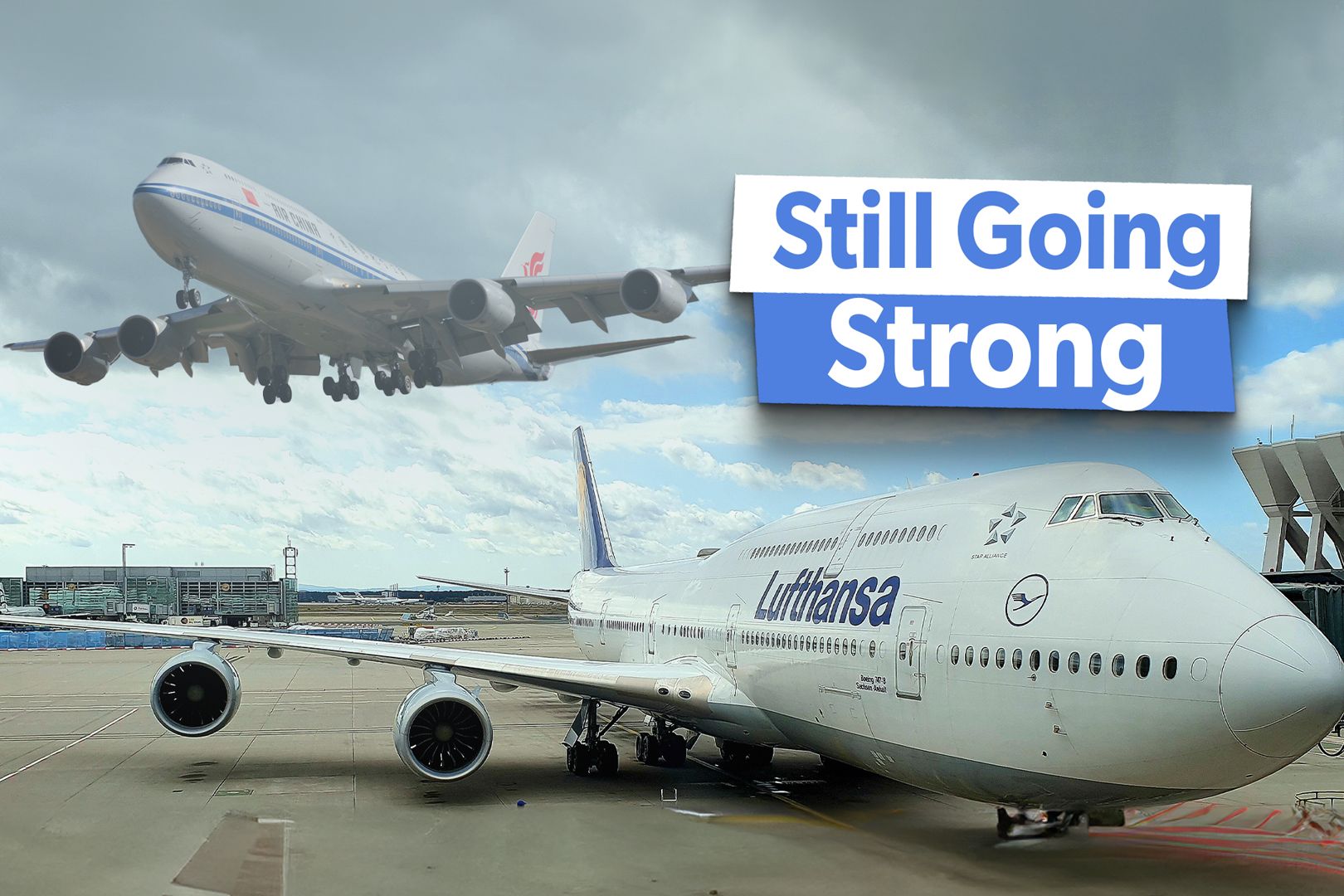
Read more:
Who’s Still Flying The Passenger Boeing 747 This Summer?
Multiple airlines are supporting the resiliency of the “Queen of the Skies” with routes throughout the 2024 summer season.
Delta’s long-haul fleet today
In the absence of the Boeing 747, Data from ch-aviation shows that Delta’s widebody fleet is today made up of the following aircraft:
- Airbus A330-200 x 11
- Airbus A330-300 x 31
- Airbus A330-900 x 27
- Airbus A350-900 x 30
- Boeing 767-300ER x 45
- Boeing 767-400ER x 21
Outstanding orders for both the A350-900 and A350-1000 will continue to bulk up the fleet as older aircraft, such as the 767s, are retired.

You might also like:
Which Domestic Routes Will Delta Air Lines Serve With The Airbus A350-900 This Summer?
A handy guide on where you can spot Delta’s flagship a350 in the United States this summer!
What are your thoughts about Delta’s operations with the Boeing 747-400? Did you ever fly with the airline on the model? Share your thoughts and experiences by commenting below.

